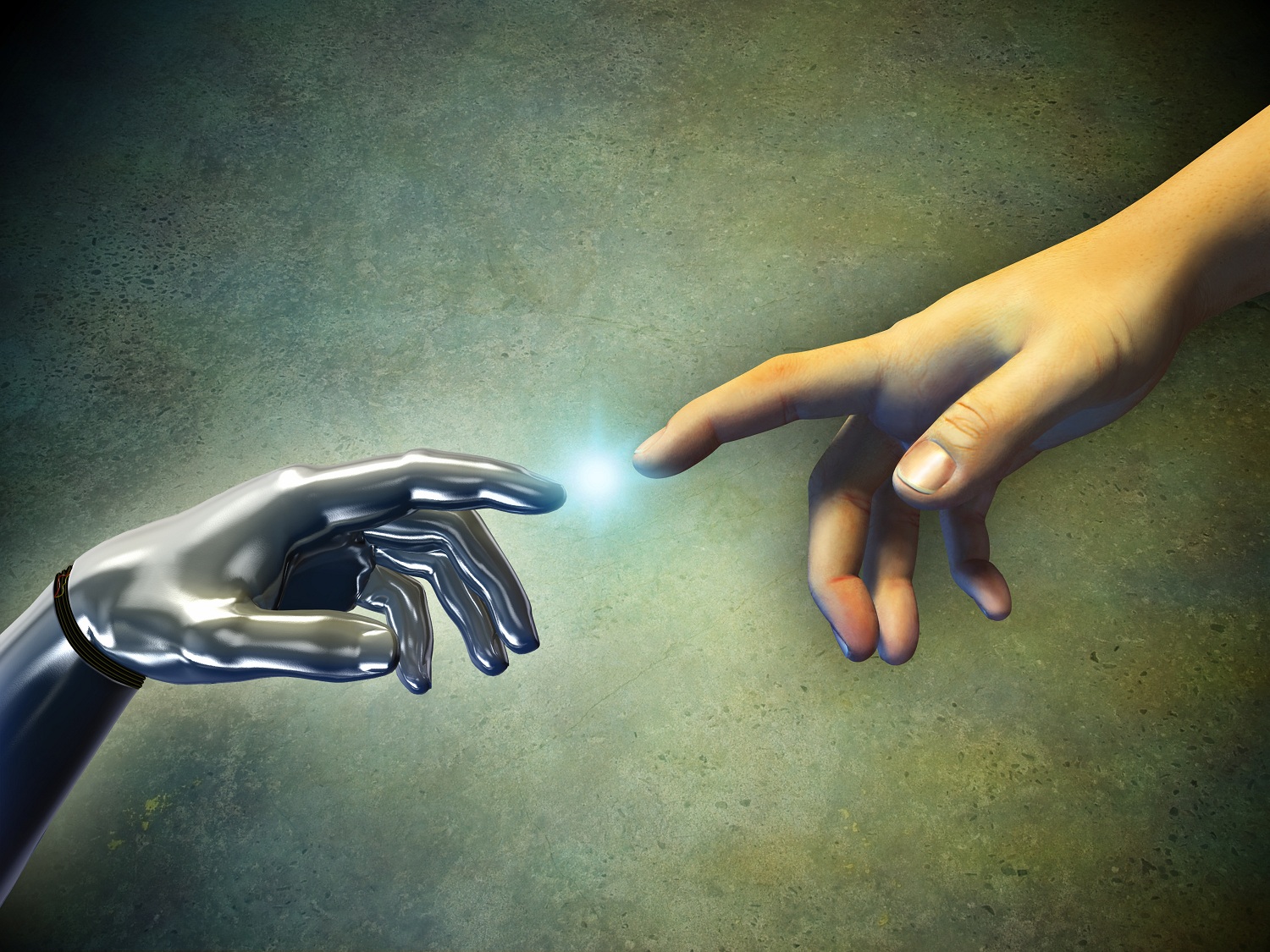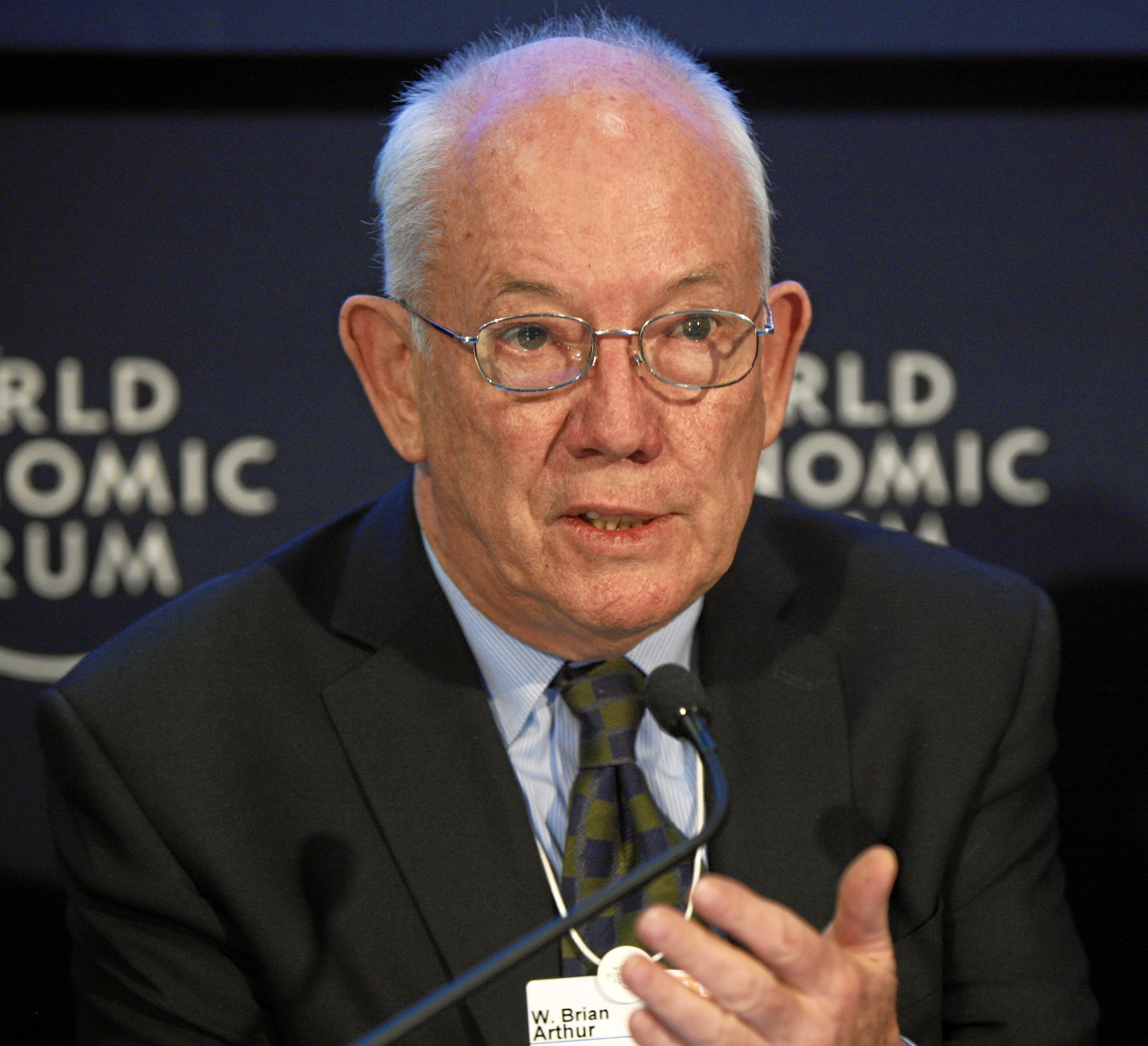Labor Revisited
In part one of a two-part series, guest columnist W. Brian Arthur explores the rise of the digital economy that he believes is beginning to supplant the physical economy.
Posted: March 14, 2012
“In any deep transformation, industries do not so much adopt the new body of technology as encounter it, and as they do so they create new ways to profit from its possibilities.”
Deep changes like this are not unusual. Every so often, every 60 years or so, a body of technology comes along and over several decades, quietly, almost unnoticeably, transforms the economy: it brings new social classes to the fore and creates a different world for business. Can such a transformation – deep and slow and silent – be happening today?
We could look for one in the genetic technologies or in nanotech, but their time hasn’t fully come. I want to argue that something deep is going on with information technology, something well beyond the use of computers, social media, and commerce on the Internet. Business processes that once took place among human beings are now being executed electronically and are taking place in an unseen domain that is strictly digital. On the surface, this shift doesn’t seem particularly consequential, it’s almost something we take for granted. But I believe it is causing a revolution no less important and dramatic than that of the railroads. It is quietly creating a second economy, a digital one.
Let me begin with two examples. Twenty years ago, if you entered an airport you would walk up to a counter and present paper tickets to a human being that would register you on a computer, notify the flight you’d arrived and check your luggage in. All of this was done by humans. Today you walk into an airport and look for a machine. You insert a frequent-flier card or credit card and in three-four seconds you get back a boarding pass, receipt, and luggage tag.
What interests me is what happens in those three-four seconds. The moment the card goes in, you start a huge conversation conducted entirely among machines. Once your name is recognized, computers check your flight status with the airlines, your past travel history, your name with the TSA (possibly also with the National Security Agency). They check your seat choice, your frequent-flier status, and your access to lounges. This unseen, underground conversation happens among multiple servers talking to other servers, talking to satellites that are talking to computers (possibly in London, where you’re going), and checking with passport control, with foreign immigration, with ongoing connecting flights. And to make sure the aircraft’s weight distribution is fine, the machines also start to adjust the passenger count and seating according to whether the fuselage is loaded more heavily at the front or back.
These large and fairly complicated conversations you’ve triggered occur entirely among things remotely talking to other things: servers, switches, routers and other Internet and telecommunications devices, updating and shuttling information back and forth. All of this occurs in that few seconds it takes to get your boarding pass back. Even after that happens, if you could see these conversations as flashing lights, they’d still be flashing all over the country for some time, perhaps talking to the flight controllers – starting to say that the flight’s getting ready for departure and to prepare for that.






